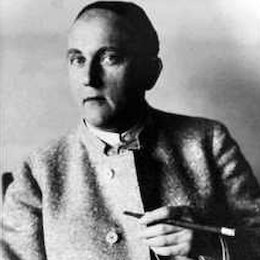Wenzel Hablik
1881 (Most (République tchèque)) / 1934 (Itzehoe (Allemagne))
Artist's webSite
Hablik is not the unknown soldier. While he frequented Boccioni and Schmidt-Rottluff before the First World War, Herwarth Walden exhibited him in his famous Der Sturm gallery, alongside Picasso, Gauguin, Kandinsky, Gris and Kokoschka. Walter Gropius even included him in his exhibition devoted to "unknown architects" and the urban planner and garden city enthusiast Bruno Taut welcomed him into the Gläserne Kette ("Glass Chain"), a group of artists who called for a new civilization more in harmony with the cosmos. In 1995, the town of Itzehoe in Schleswig-Holstein, where the artist spent half his life, opened a museum for him, which preserves no less than 200 paintings, furniture, objects and crystals, as well as 8,000 prints and numerous textiles. So why is there such silence about his work? Because Hablik had the misfortune to be a polymorphous genius.
Artist's webSite
Hablik is not the unknown soldier. While he frequented Boccioni and Schmidt-Rottluff before the First World War, Herwarth Walden exhibited him in his famous Der Sturm gallery, alongside Picasso, Gauguin, Kandinsky, Gris and Kokoschka. Walter Gropius even included him in his exhibition devoted to "unknown architects" and the urban planner and garden city enthusiast Bruno Taut welcomed him into the Gläserne Kette ("Glass Chain"), a group of artists who called for a new civilization more in harmony with the cosmos. In 1995, the town of Itzehoe in Schleswig-Holstein, where the artist spent half his life, opened a museum for him, which preserves no less than 200 paintings, furniture, objects and crystals, as well as 8,000 prints and numerous textiles. So why is there such silence about his work? Because Hablik had the misfortune to be a polymorphous genius.
Artist's exhibitions
Au-delà des étoiles. Le paysage mystique de Monet à Kandinsky
14/03/2017 - 25/06/2017
(Paris) Musée d'Orsay
14/03/2017 - 25/06/2017
(Paris) Musée d'Orsay
